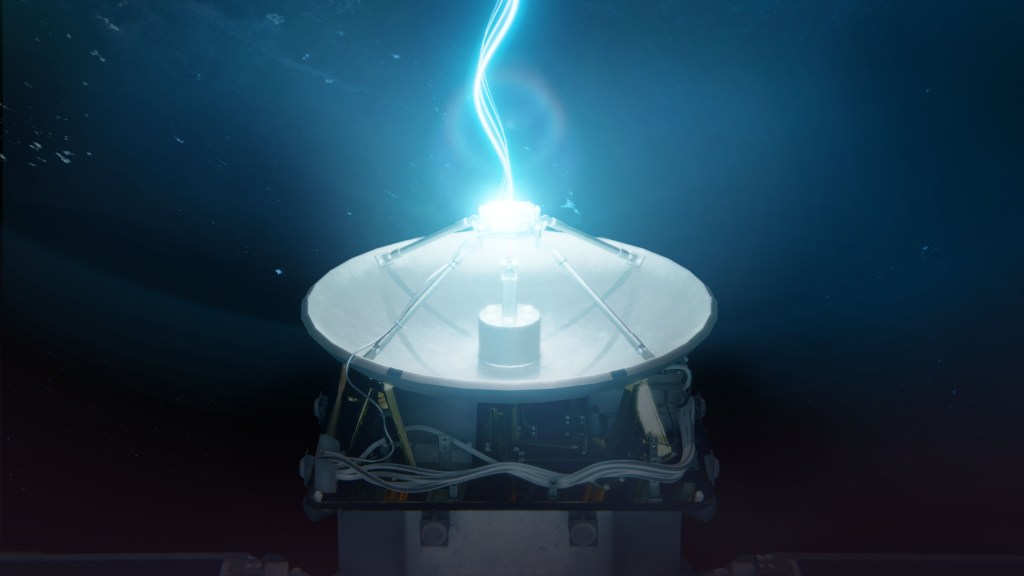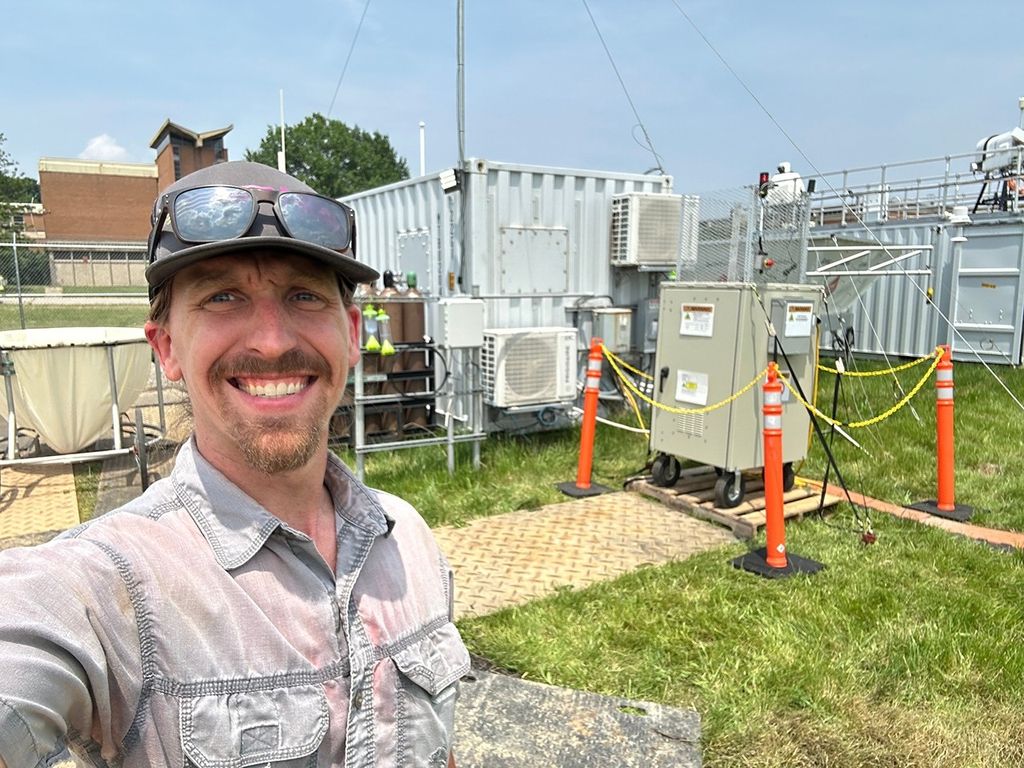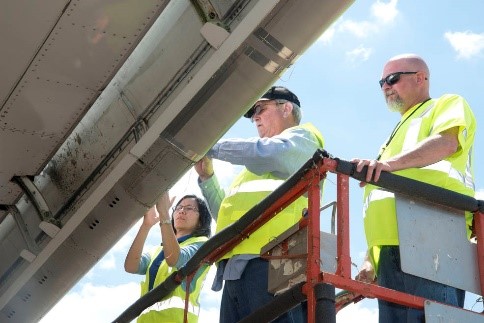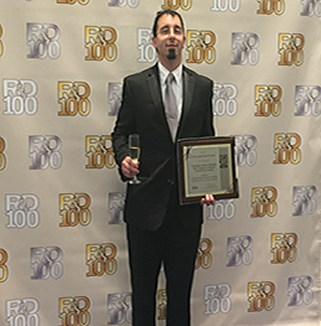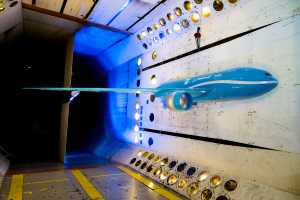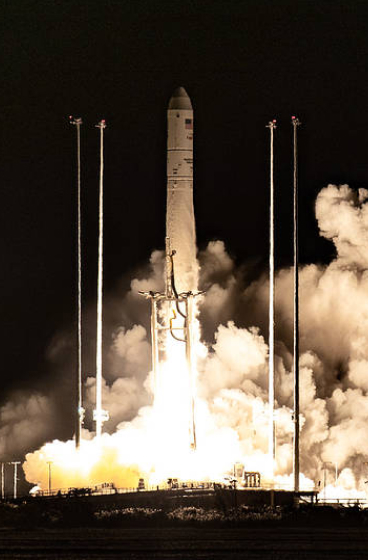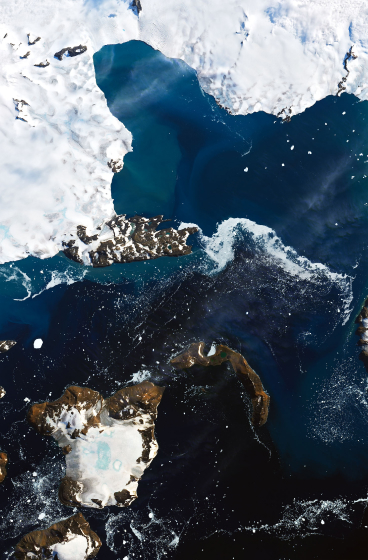Researchers at NASA Langley Research Center are inventing an assortment of contaminant resistant coatings that have many potential down to earth applications.
The coatings are being developed by NASA with next- generation aircraft in mind. For next-generation aircraft, airflow is going to be utilized in a much more beneficial manner, but contaminants like insect impacts and ice buildup would adversely affect the ability of future commercial aircraft to maintain laminar flow, which affects fuel efficiency. NASA Langley’s materials researchers are addressing these issues with novel surface chemical and topographical modification techniques
“Our coatings don’t do anything to the air flow itself, but what they do is allow the airframe designers and engineers to build their aircraft to utilize this laminar flow for more environmentally friendly flight and then our coating is going to help that aircraft maintain that flight through the course of its daily travel” said co-inventor, Dr. Christopher Wohl. Their work has resulted in the development of a group of technologies that are now available for licensing through NASA’s Technology Transfer Program.
The coatings are fairly inexpensive, widely useable, and are simple to apply to a variety of surfaces. Because of these wide-ranging benefits, they could be utilized in a variety of industries where contaminant (e.g. insect residue, ice buildup, grime, etc.) adhesion mitigation is desirable, such as automotive, wind energy, commercial air travel, marine, architectural, and others.







